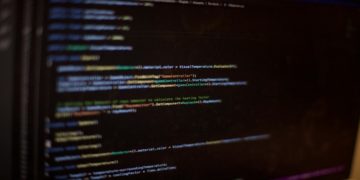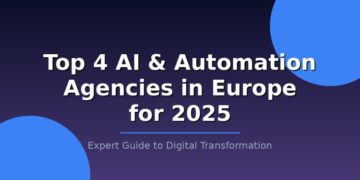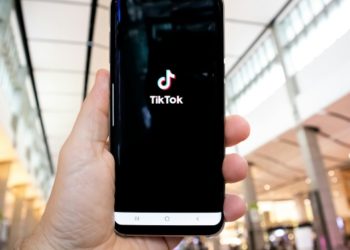Cloud-driven enterprises face constant pressure to deliver speed and scale while keeping costs and compliance risks in check. As a leading technology conglomerate expands its cloud’s hyperscale infrastructure, procurement has become a decisive factor in meeting the demands of digital transformation. Once dismissed as a support task, it is now shaping resilience and efficiency at the very core of the firm’s operations, driven increasingly by automation that is rewriting how supply chains function and how businesses prepare for the future.
Amid these pressures, Soumya has carved out a reputation for tackling some of the toughest problems in procurement. With experience spanning vendor management and infrastructure strategy, she has turned her focus to automation, streamlining audit processes, creating real-time reporting systems, and cutting back the reliance on slow, manual work.
When Soumya first examined procurement audits, the problems were obvious. Teams were spending up to two weeks preparing for quarterly checks, pulling data from scattered systems, and facing inevitable errors. “Preparing for quarterly audits used to take up to two weeks and created single points of failure,” she recalls. To change that, she built an audit BI automation tool, that brought together several things including Visual Studio Online, and produced reports in under a minute. “The preparation cycle time went from weeks to under a minute, a 99% reduction,” she explains. The system also introduced automated random sampling, easing compliance pressures and removing dependence on manual ticket selection.
Another challenge came from the lack of visibility into contract statuses. Managers often had little choice but to wait for updates, slowing decisions and creating delays. Working with engineering and finance colleagues, she introduced the contracts BI webhook reporting system, which delivered real-time contract updates. “Real-time reporting meant project managers could act quickly, which in turn reduced delays and improved compliance,” she says.
To sharpen decision-making, she built the Purchase Order BI automation tool. It broke down purchase order and approval data by business silo and policy group, showing where bottlenecks were slowing progress. “With Purchase Order BI, managers can see where approvals are getting stuck and address cycle time issues proactively,” she explains.
None of these projects came easily. Integrating data from different systems, meeting compliance requirements, and convincing teams to adopt new tools all required patience and persistence. “One of the biggest lessons I’ve learned is that automation is as much about people as it is about technology,” she reflects. “You need cross-functional collaboration to build tools that people trust and actually want to use.”
Automation, she believes, is only the first step in reshaping procurement. “The future lies in AI-driven analytics and predictive insights,” she says. “We’re moving from a reactive approach to a proactive one, where risks and bottlenecks can be identified before they happen.” For her, automation must amplify human expertise, not replace it, and compliance must be embedded from the start so speed does not come at the cost of trust.
Her experience shows how procurement, once considered a back-office routine, can become a driver of real change in Azure’s cloud economy. By cutting cycle times, boosting audit accuracy, and introducing real-time reporting, she has shown how process design can reshape the way teams work. “Invest in automation, but don’t lose sight of collaboration,” she advises. “The strongest solutions are built when technology and people move together.”
In the cloud era, procurement is stepping out of the shadows. With voices like Soumya’s shaping its future, it may well decide how far and how fast digital transformation can go.











































































